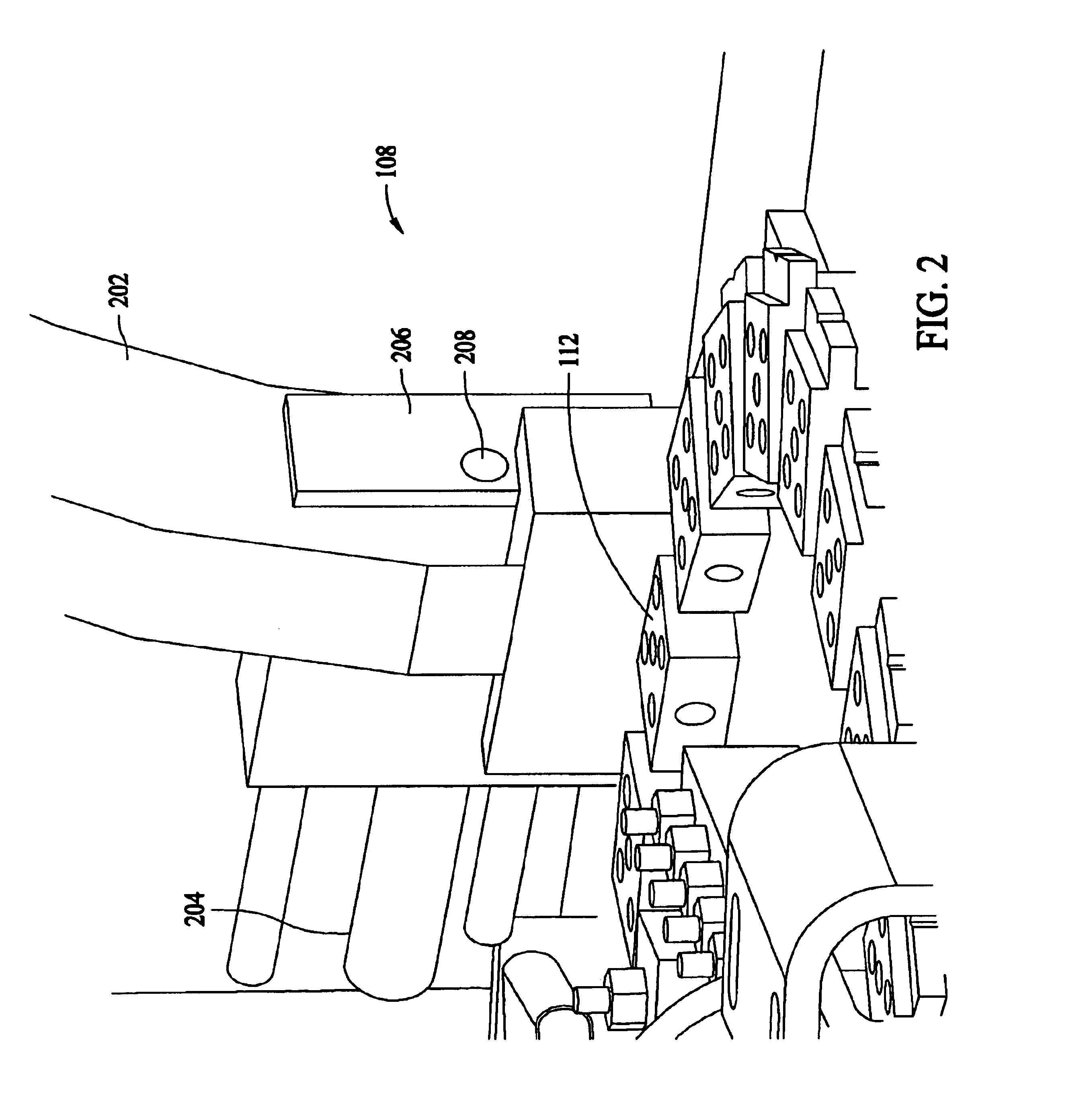Methods and systems for small parts inspection
a technology for small parts and inspection methods, applied in the field of parts inspection, can solve problems such as errors and uncertainties, labor-intensive and subjective manual inspections, and unnecessary expenses through additional machining time and tooling costs
- Summary
- Abstract
- Description
- Claims
- Application Information
AI Technical Summary
Benefits of technology
Problems solved by technology
Method used
Image
Examples
Embodiment Construction
The embodiments described herein provide a method of handling parts which may be delicate and / or intricate in nature, presenting them to an inspection apparatus, for example, a vision system, and separating them into groups as classified by predetermined inspection criteria. Further provided by the embodiments described are methods for orienting and feeding the parts to a part locating mechanism for inspection. The below described mechanism locates and holds the parts for proper presentment to the inspection apparatus. Further provided is a part removal station which is configured to separate the parts according to their predetermined classification criteria, for example, acceptability for particular applications or customers. Further provided is a programming feature for variable initialization.
FIG. 1 is one embodiment of a parts inspection system 100. System 100 includes a bowl-feeder 102 and a hopper 104 that provides storage capacity for small parts, thereby allowing system 100 ...
PUM
| Property | Measurement | Unit |
|---|---|---|
| height | aaaaa | aaaaa |
| resilient | aaaaa | aaaaa |
| vacuum | aaaaa | aaaaa |
Abstract
Description
Claims
Application Information
 Login to View More
Login to View More - R&D
- Intellectual Property
- Life Sciences
- Materials
- Tech Scout
- Unparalleled Data Quality
- Higher Quality Content
- 60% Fewer Hallucinations
Browse by: Latest US Patents, China's latest patents, Technical Efficacy Thesaurus, Application Domain, Technology Topic, Popular Technical Reports.
© 2025 PatSnap. All rights reserved.Legal|Privacy policy|Modern Slavery Act Transparency Statement|Sitemap|About US| Contact US: help@patsnap.com



